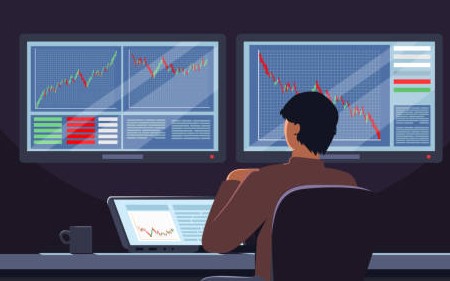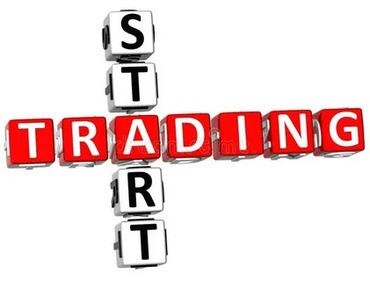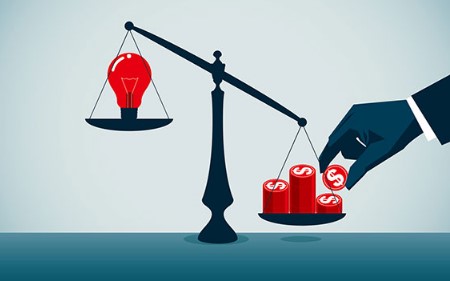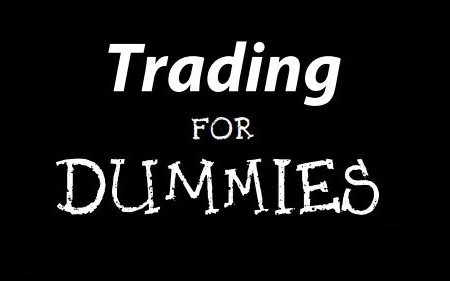Natural gas futures: price and course
 28 / 05 / 22
Visitors: 584
28 / 05 / 22
Visitors: 584
According to the International Energy Agency, natural gas is the fossil fuel that has made the most progress in the global energy mix over the past 45 years. It currently accounts for 24.7% of global energy demand after oil (31.2%) and coal (27.2%). Its growth is particularly strong as a fuel for power generation: in developed countries it is on track to overtake coal, and this is already the case in Africa, where recent electrification has allowed this energy to be promoted, which is less pollutes the environment than coal.
Cost of buying natural gas
Most of the supply of natural gas is carried out through over-the-counter contracts tied to oil. They stretch over several years, sometimes even several decades. In this way, distributors ensure the necessary amount of natural gas they have taken over to deliver it to the public and businesses. Since natural gas is not as easy to transport and store as oil, it requires a very strong infrastructure network (gas pipelines, etc.). Thus, these long-term contracts with the owners of the gas fields, which are often large oil companies, provide the necessary visibility for these investments.
France imports almost all of its natural gas: 43% comes from Norway, 21% from Russia, 11% from the Netherlands and 8% from Algeria (2019 data).
Historically, oil and gas have been two fungible sources of energy for power generation or heating, so natural gas prices have been largely indexed to the price per barrel. Indeed, the logistics opportunities offered by oil versus gas (liquid, high energy content per barrel, etc.) have allowed the development of a global listing market, continuously and over many delivery times, thereby guaranteeing representative price at all times of balance between supply and demand.
The falling cost of liquefying natural gas (low-temperature conversion from a gaseous state to a liquid state) has, in turn, facilitated its maritime transportation. The natural gas market is also becoming more dynamic and global. With the discovery and exploitation of huge amounts of shale gas in the United States, the surplus produced in this region was able to flow cheaply to the rest of the world. This phenomenon led to the emergence in the mid-2000s of a decorrelation between changes in natural gas prices and oil prices on a daily basis. For this reason, many long-term contracts have been renegotiated to better reflect the price of natural gas in the spot market.
The Spot Markets are organized financial markets such as Powernext that offer the daily opportunity to trade contracts to buy and sell natural gas futures with different maturities (months, quarters, years). In this way, they allow you to adjust to fluctuations in consumption.
Therefore, the demand for natural gas is based on long-term contracts, the share of which, linked to oil, is decreasing, and daily or seasonal fluctuations are provided by futures trading in financial markets.
Important differences in Europe
On the European continent, natural gas prices for households can vary by a factor of three. This difference is due to the development of prices, which differ by the presence of regulated prices, more or less covering the entire population, as well as geographical proximity to the main gas producers,, in particular Russia. which reduces transport costs. It should be noted that the UK benefits from significant natural gas reserves in the North Sea.
In France: different gas prices
Starting in 2004 and 2007, respectively, all companies, and then individuals, had access to market rates. These are proposals for the distribution of natural gas, prices of which are set freely through free competition.
Natural gas distributors incur two types of costs. The ones that are the same for all distributors: access to distribution networks and storage, prices for which are fixed. And those that depend on the distributor itself: gas supply and commercial expenses. It is the optimization of this second type of cost that explains the difference in prices between different market rates.
For its part, the state continues to set the regulated tariff after consultation with the Energy Regulatory Commission (CRE), which should cover the cost of supply and marketing . This regulated rate is offered by the historic distributor Engie (originated from the merger of GDF and Suez) or local distribution companies attached to the municipality (Strasbourg, Bordeaux, Grenoble, etc.).
From January 1, 2016, companies whose consumption exceeds 30 MWh/year no longer have access to regulated natural gas tariffs. For individuals, two types of offers still coexist: market-based and regulated.
At the beginning of 2018, regulated tariffs accounted for only 12% of natural gas consumption for the entire market, but still served 56% of facilities, due to the fact that a large share of households is still in this system.
In its decision of 19 July 2017, the Council of State, however, annulled the regulation of 16 May 2013 on regulated tariffs for the sale of natural gas, as it was considered contrary to European law and the general interest. The Energy and Climate Act of 8 November 2019 permanently abolished regulated natural gas tariffs for all new subscriptions and set the end of those tariffs for current contracts for June 2023.p>
How is the regulated tariff calculated?
If the cost of natural gas is only a third of the selling price, that is the most volatile part. Distribution is the second item of expenditure with 27%. Taxes are 29% of the tariffs, including VAT on regulated gas: VAT (14%), Internal Tax on Natural Gas Consumption (TICGN, 12%) and Tariff Contribution (CTA, 3%).
State authorities attach great importance to ensuring that gas supply is optimal and as inexpensive as possible for consumers. CRE calculates the change in Engie supply cost using a formula that takes into account the change in several factors:
Oil (Brent)
Gas prices on the wholesale market: futures contracts with monthly, quarterly and annual maturities registered in the Netherlands and monthly futures contracts for those traded on the French market
The dollar against the euro, since oil and gas quotes are denominated in dollars
Oil accounts for about a quarter of this theoretical value, and Natural gas futures contracts account for three-quarters of that amount.
This adjustable rate is offered to CRE once a year, but Engie may request an update every month if the company justifies that the scale no longer reflects the reality of its costs. After checking, CRE approves the new weights of the formula.
Resource-constrained households can take advantage of an energy voucher that replaced social tariffs for natural gas throughout the territory from January 1, 2018, allowing them to reduce their energy bills.
This mechanism does not guarantee that regulated prices will not rise, but provides consumers with confidence that price changes are in line with free market gas price changes, whether in terms of futures contracts indexed to oil or the wholesale natural gas market.
A complete list of unscrupulous brokers, that we do not recommend working with is available here.







